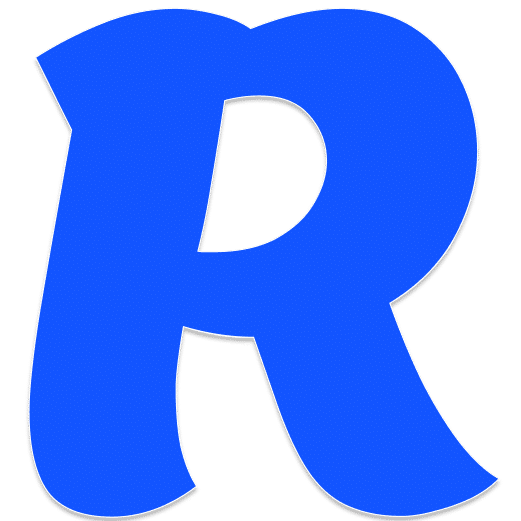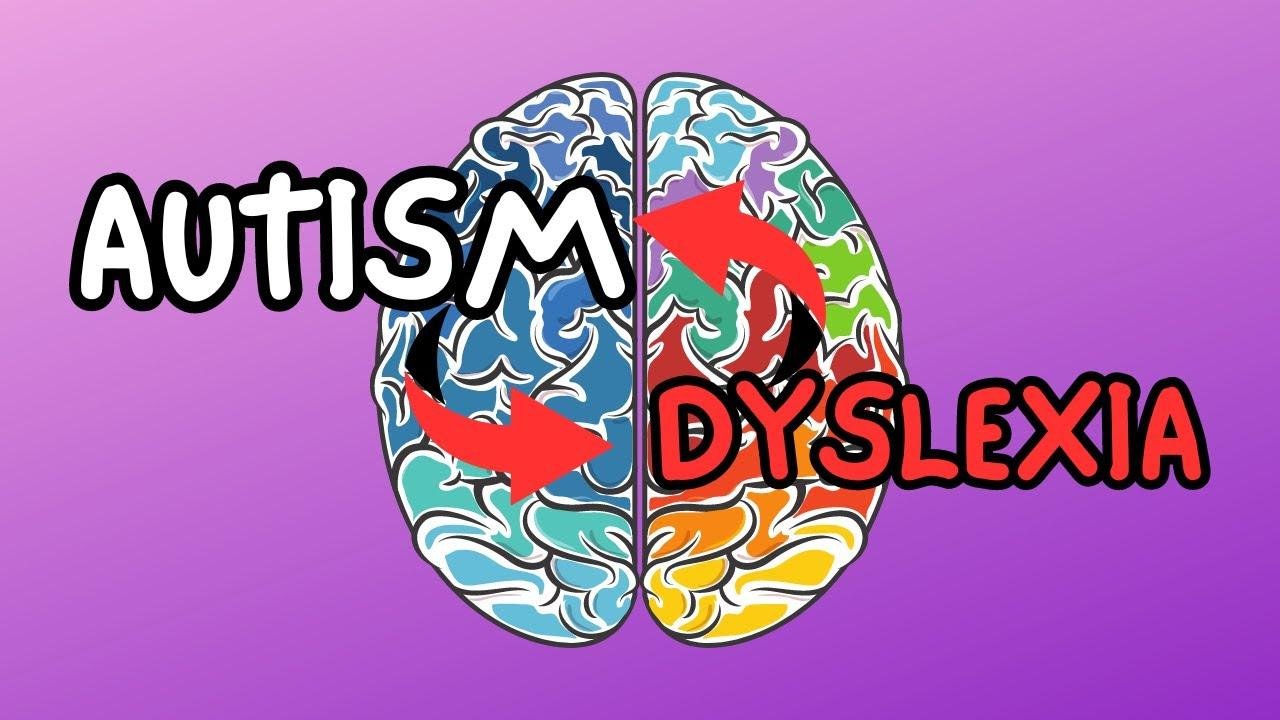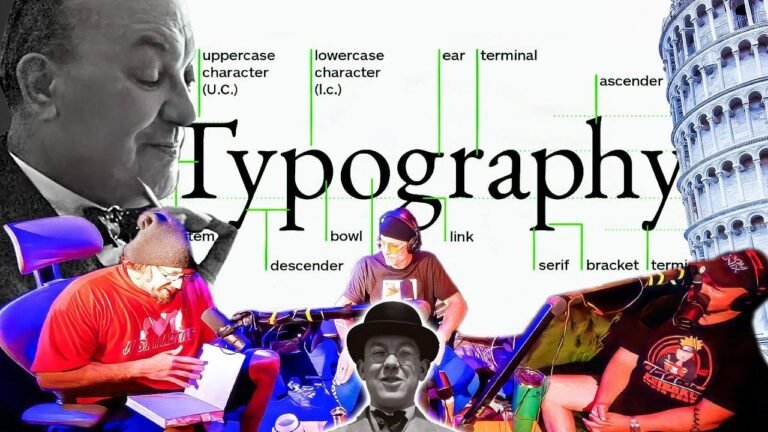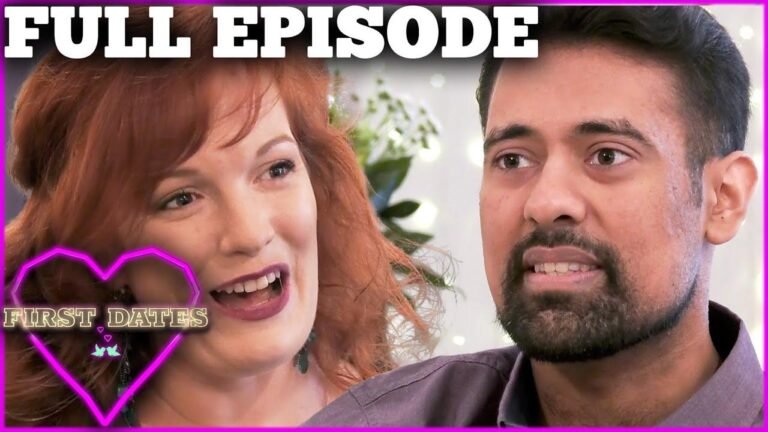Exploring the Link Between Autism and Dyslexia – What Ties Them Together?
Autism meets dyslexia in the brain’s back alley, throwing neurotypicals for a loop. It’s like a cerebral comic duo where words do the cha-cha backwards, and directions throw compasses into a tailspin. 🧭📚 If reading’s a jammed printer and words play hide and seek, you’ve got yourself a brainy remix that’s as original as it gets. 🧠✨ Dyslexic autistics: the unsung geniuses scrambling life’s crossword, one mixed-up syllable at a time. 🤹♂️🔤 #NeuroTwist
🧠 The Defined Challenges of Dyslexia within the Neurological Spectrum
What Exactly is Dyslexia?
Dyslexia, a specific learning disorder, impacts the ability to read, write, spell, and occasionally speak. Despite common misconceptions, it’s not a sign of low intelligence, motivation, or educational opportunities. It arises from neurological differences affecting language processing.
Indicators of Dyslexia in Daily Life
Common real-world indicators include letter reversal, phonological processing difficulty, decoding issues, spelling challenges, and reading comprehension hurdles. These symptoms can manifest uniquely in each individual, creating a spectrum of difficulties that influence basic and complex literacy tasks.
Practical Implications and Examples
- Reversal of Characters: Confusing visually similar letters and numbers.
- Phonological Challenges: Difficulties breaking down or blending spoken words.
- Decoding Words: Struggle with irregularly spelled words, affecting reading speed and accuracy.
Dyslexia’s Impact on Writing and Organizational Skills and Beyond
- Writing: Inconsistencies and grammar issues due to poor word retrieval and organization.
- Spatial Awareness: Trouble with left/right differentiation, map reading, and following directions.
- Time Management: Difficulty estimating and organizing time effectively.
📚 Dyslexia’s Intersection with Autism
Similarities and Behavioral Overlaps
Autistic individuals and those with dyslexia share common challenges in social interaction, executive functioning, sensory sensitivities, and cognitive flexibility. These overlaps point to a potential connection in their neurobiological makeup.
Shared Traits in Autism and Dyslexia
- Social Challenges: Difficulties in understanding cues and maintaining eye contact.
- Sensory Sensitivities: Heightened responses to stimuli affecting concentration on tasks.
- Executive Functioning: Struggles with working memory, attentional control.
Impact on Education and Employment
Due to shared traits between autism and dyslexia, individuals may face amplified barriers in educational settings and employment opportunities. Comprehension issues, alongside other dyslexic challenges, can hinder learning and job retention, emphasizing the importance of support in these areas.
📈 The Neurobiological Connection and its Implications for Study
Investigating Brain Connectivity and Activation Patterns
Studies suggest that both autistic individuals and those with dyslexia may experience alterations in key regions associated with language processing. This emerging research highlights the complex interplay between autism and dyslexia.
The Significance of Shared Behavioral Characteristics
The intersection of autism and dyslexia serves as a promising field for understanding the shared experiences of social and behavioral challenges. Recognizing these commonalities can aid in developing more effective support systems for those with either condition.
🤝 Strategies for Managing Dyslexia for Autistic Individuals
Adapting Instructional and Organizational Methods
Simple strategies, such as repetition of instructions or breaking down complex information, can greatly assist individuals with dyslexia. Tailoring approaches to cater to unique learning styles is crucial for improvement and autonomy.
Emphasizing the Importance of a Supportive Environment
Creating an environment that accommodates both autistic and dyslexic needs is vital. This includes understanding the conditions, removing stigma, and providing necessary accommodations to foster success.
Key Takeaways 🗝️
| Takeaway | Description |
|---|---|
| Dyslexia is Neurological, Not Intellectual | Dyslexia stems from neurological differences, not a lack of intelligence. |
| Autism and Dyslexia Share Traits | Research suggests overlap in behaviors and brain patterns. |
| Challenges Extend Beyond Literacy | Dyslexia affects comprehension, math, and sensory processing. |
| Support and Understanding are Crucial | Customized strategies can enhance learning and productivity. |
| Neurobiological Studies Offer Insights | Patterns of brain connectivity in autism and dyslexia are under research. |
Final Thoughts on the Fusion of Two Neurodiverse Conditions
Encapsulating the Dual Experience of Dyslexia and Autism
Individuals facing both autism and dyslexia encounter a complex array of challenges that are both unique and shared. Through continued research and empathetic support, strides can be made in appreciating the nuances of each condition and improving the quality of life for those affected.
The Path Forward: Synergy Between Research and Support
Bridging the gap between academic study and practical support is essential. As we learn more about the shared experiences and neurobiological underpinnings of autism and dyslexia, we can tailor interventions to better serve this diverse community.
Engaging in Continued Dialogue and Education
Through videos, discussions, and community engagement, expanding awareness about the concurrency of autism and dyslexia will enable society to take active steps in promoting inclusivity and cater to the needs of neurodiverse individuals.






